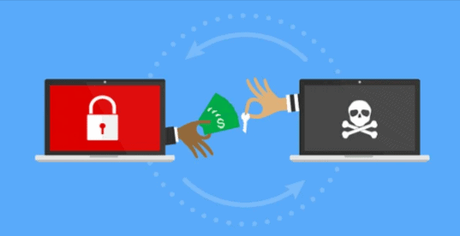At several levels, mobile devices can be attacked. This includes the possibility of malicious apps, network-level attacks, and the exploitation of device and mobile OS vulnerabilities.
Cybercriminals have paid increased attention to mobile devices as their importance has grown. As a result, cyber threats to these devices have grown in number and variety.
6 Mobile Security Threats in 2022 To Prevent
Mobile devices, like desktop computers, have software and Internet connectivity. On mobile phones, malware (malicious apps) and malicious websites can achieve the same goals (stealing data, encrypting data, etc.) as on traditional computers.
Apps that are malicious come in a range of shapes and sizes. Trojans, which also undertake ad and click scams, are the most popular types of malicious mobile apps.
Protect yourself using TrackOFF promo codes and discounts that offer biometric protection and encryption.

Mobile ransomware is a specific sort of mobile malware, however as the use of mobile devices for business has grown, it has become a more widespread and dangerous malware variation.
Mobile ransomware encrypts files on a mobile device and then demands a ransom payment in exchange for the decryption key, which allows access to the encrypted data to be restored.
Phishing is one of the most popular forms of cyber-attack. The majority of cyberattacks start with a phishing email that contains a dangerous link or a malware-infected attachment. Phishing attempts on mobile devices use a range of methods to send links and malware, including email, SMS messaging, social media platforms, and other apps.
In fact, while most people think of emails when they hear the word "phishing," they aren't even close to being the most common phishing vector on mobile devices.
Emails, in fact, account for only 15% of mobile phishing attacks, trailing messaging, social networking, and "other" apps (not social, messaging, gaming, or productivity).
An attacker intercepting network connections to either eavesdrop on or manipulate the data being transmitted is known as a Man-in-the-Middle (MitM) assault.
While this type of attack can be carried out on a variety of platforms, mobile devices are particularly vulnerable to MitM attacks. Unlike web traffic, which typically uses encrypted HTTPS for communication, SMS messages can be easily intercepted, and mobile apps may send potentially sensitive data through unencrypted HTTP.
Employees must be connected to an untrusted or compromised network, such as public Wi-Fi or cellular networks, in order to be vulnerable to MitM attacks. However, because most firms lack regulations limiting the usage of these networks, an assault like this is entirely possible if solutions like a virtual private network (VPN) are not employed.
The terms "jailbreaking" and "rooting" refer to the process of acquiring administrator access to iOS and Android devices. These exploits take advantage of flaws in mobile operating systems to get root access to these devices.
With these elevated rights, an attacker can access more data and wreak more damage than they could with normal permissions. Many smartphone users will jailbreak or root their handsets to remove annoying default apps or install software from untrustworthy app shops, making this assault considerably easier to carry out.
While top-layer software is frequently the focus of cybersecurity, lower tiers of the software stack can also have vulnerabilities and be exploited. An attacker can exploit vulnerabilities in the mobile OS or the device itself on mobile devices, just as they do on desktops. Because they exist below and outside the visibility of the device's security solutions, these exploits are sometimes more harmful than higher-level ones.
Conclusion
Businesses require corporate mobile security solutions due to the huge and diverse mobile threat landscape. This is especially true when the trend to remote work makes mobile devices a more prevalent and important part of a company's IT infrastructure.
When it comes to online security, adopt multiple levels of protection. Keep your software up to date. Don't forget your anti-virus protection. Make encryption a priority. Always use secure WiFi when you're out in public. Use passwords and biometrics to their full potential.
